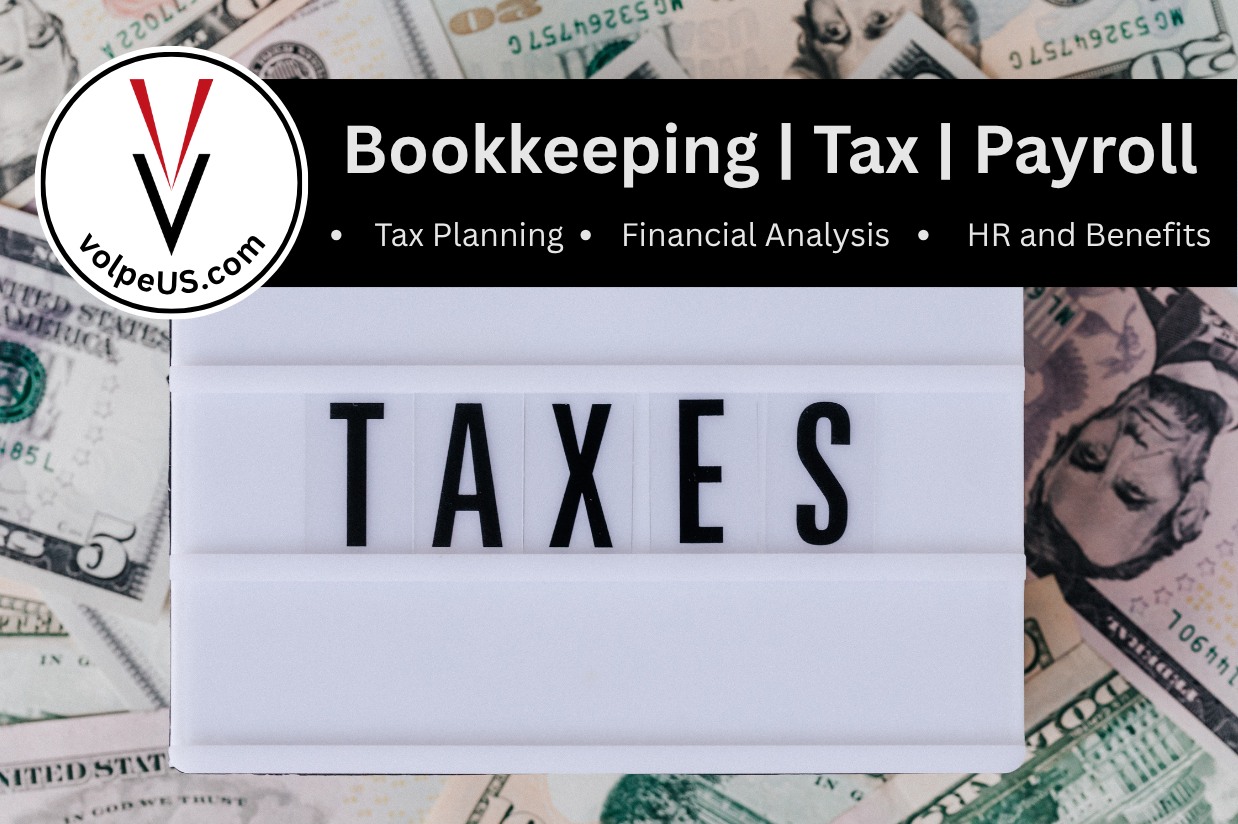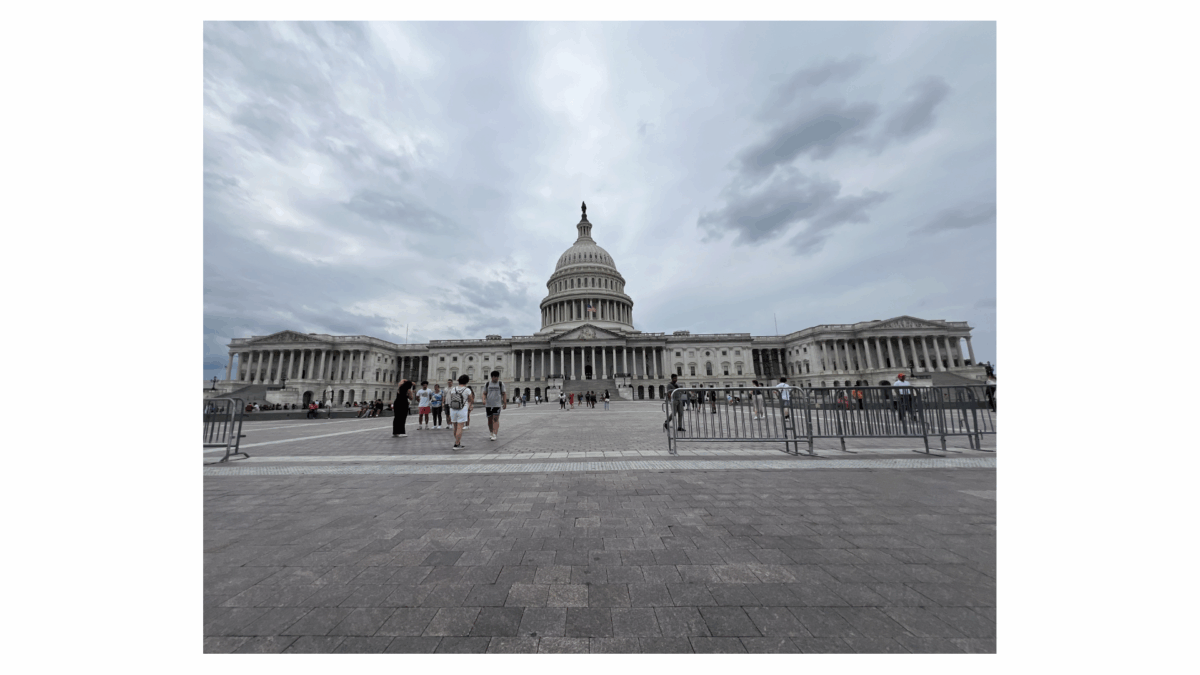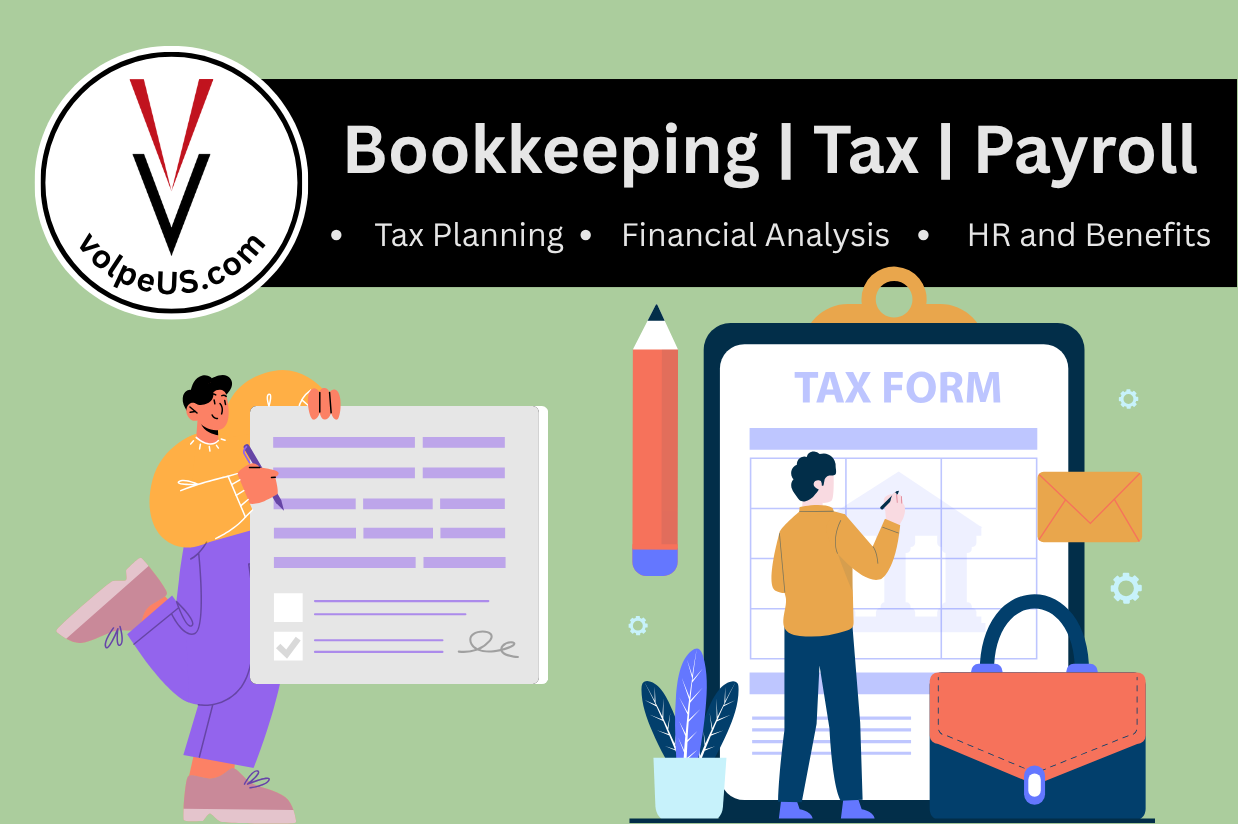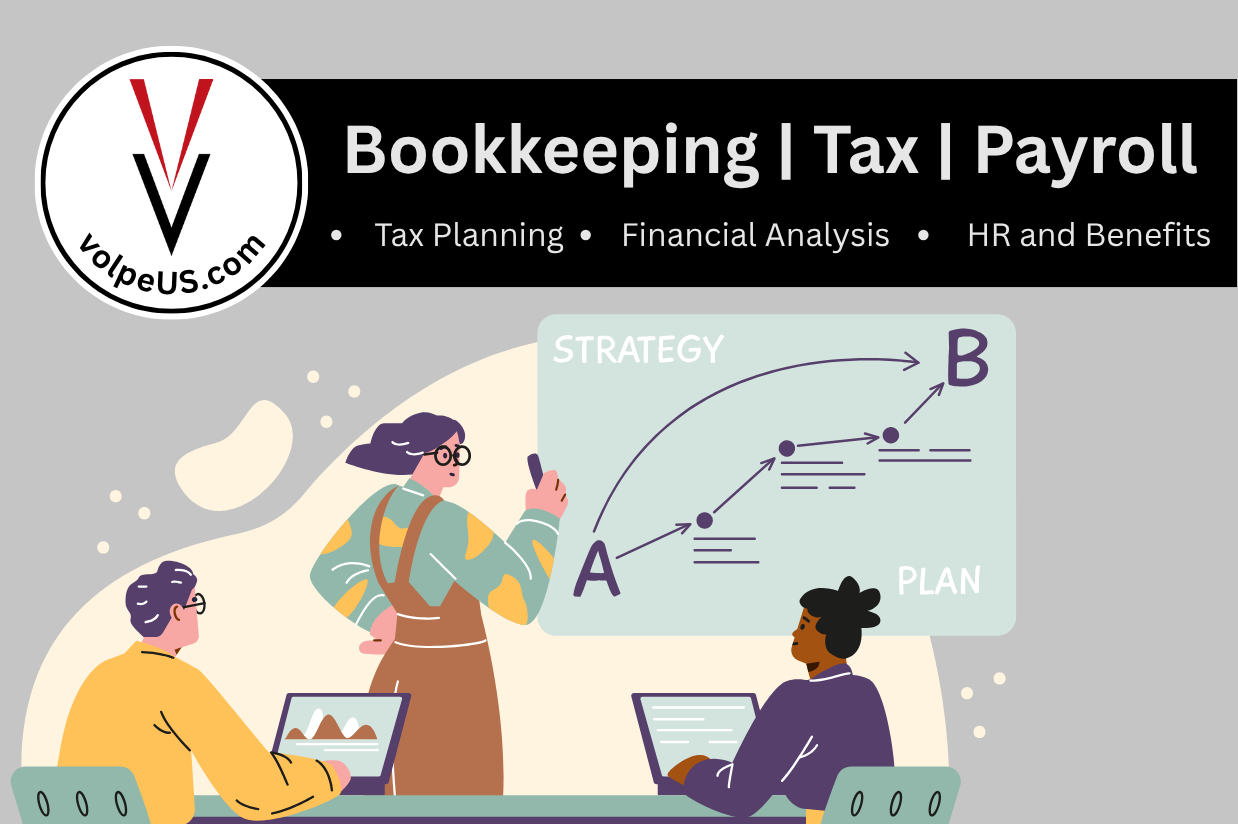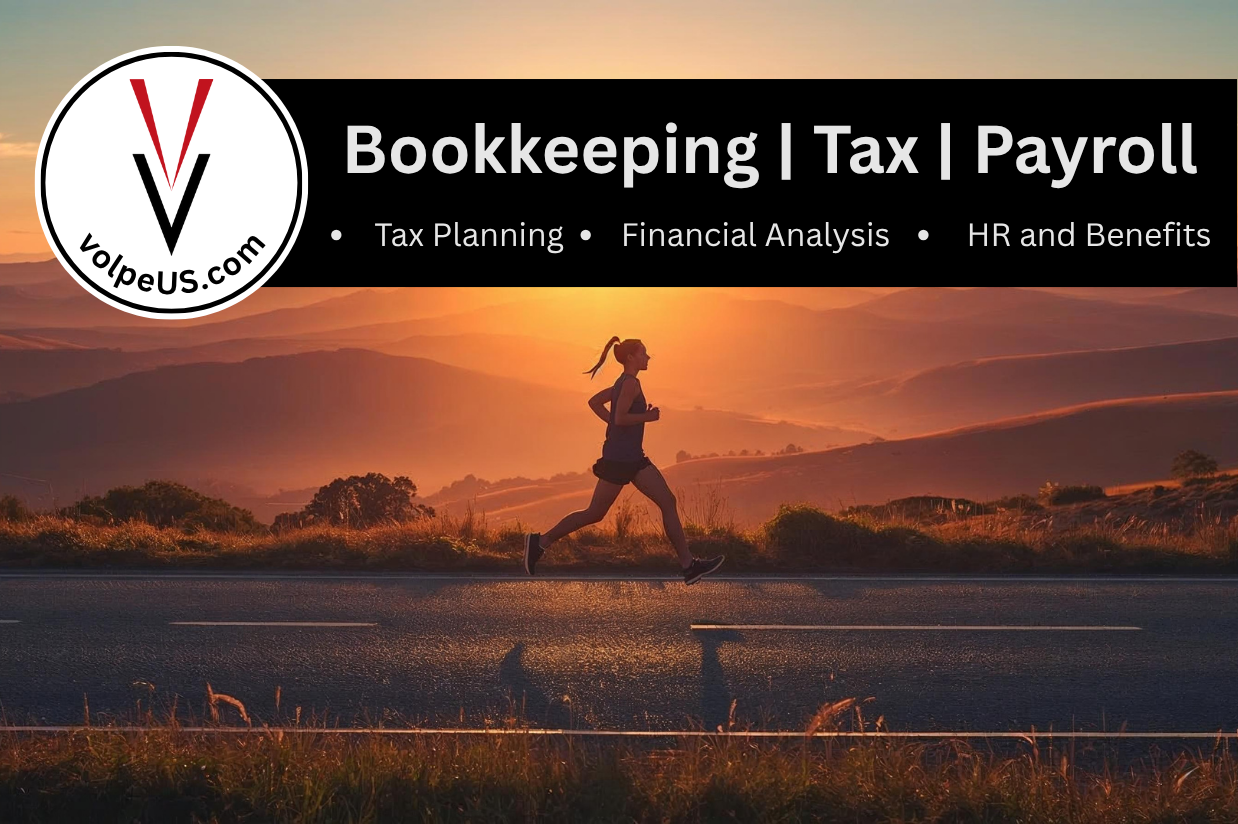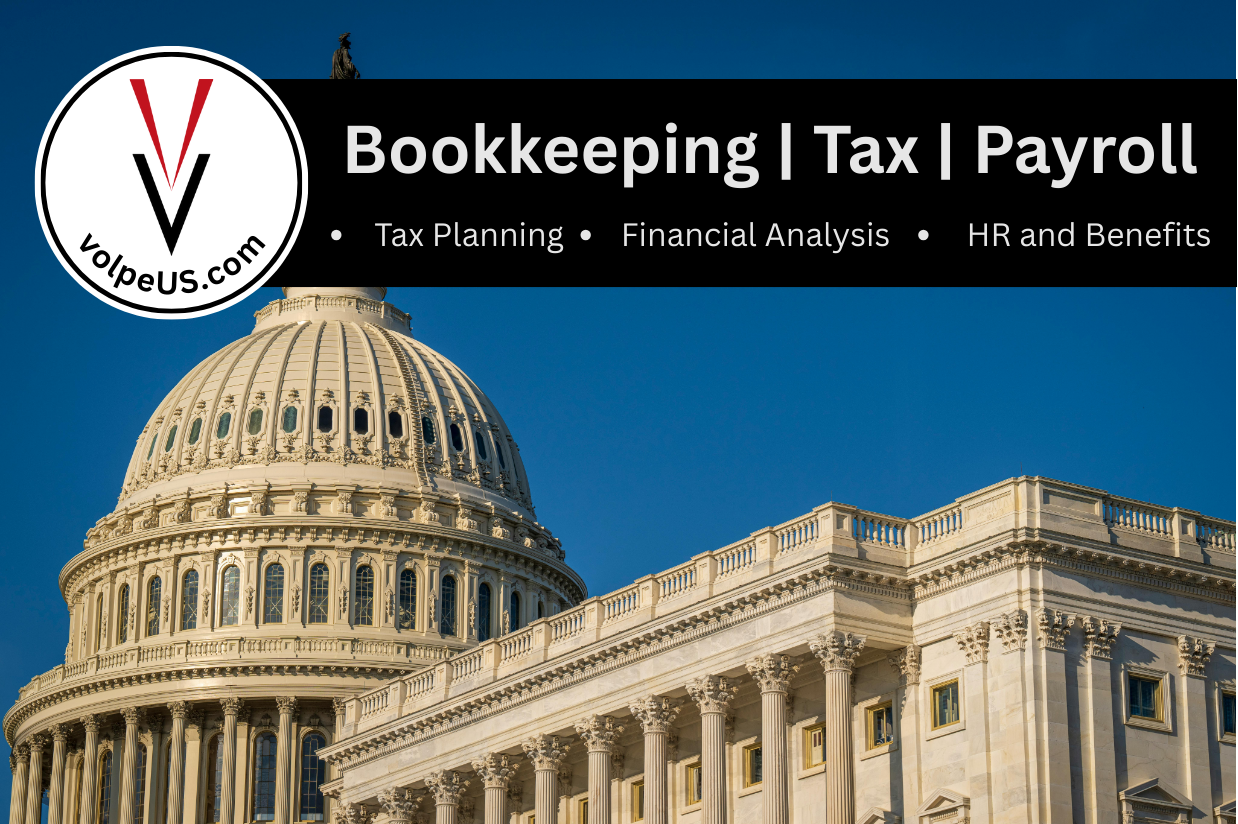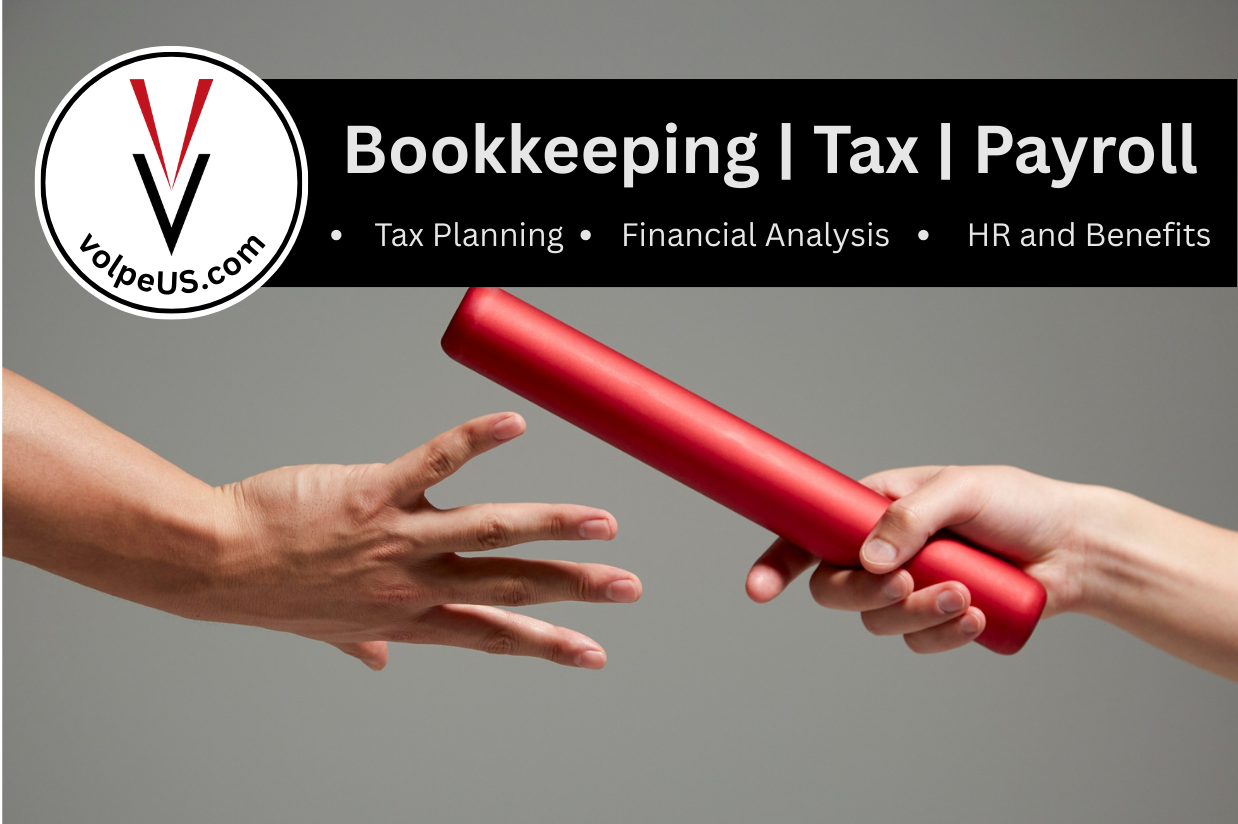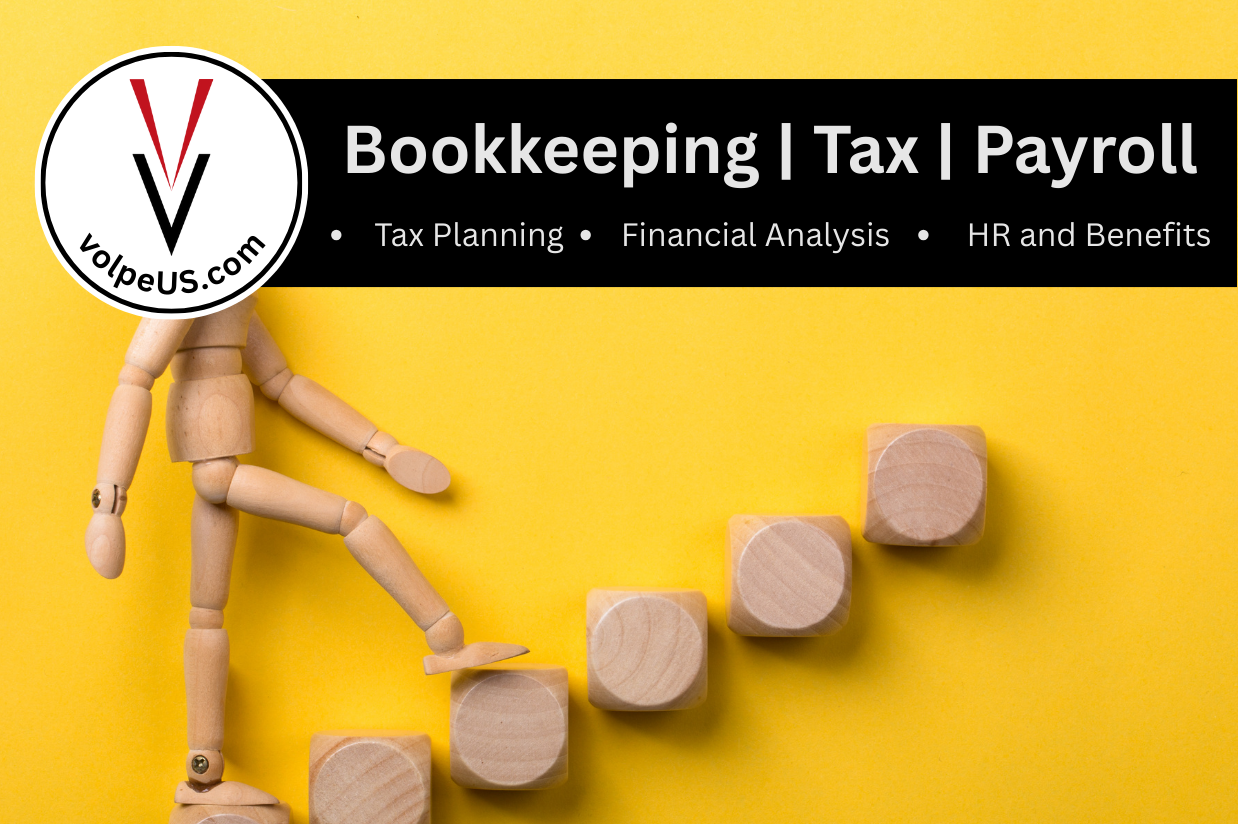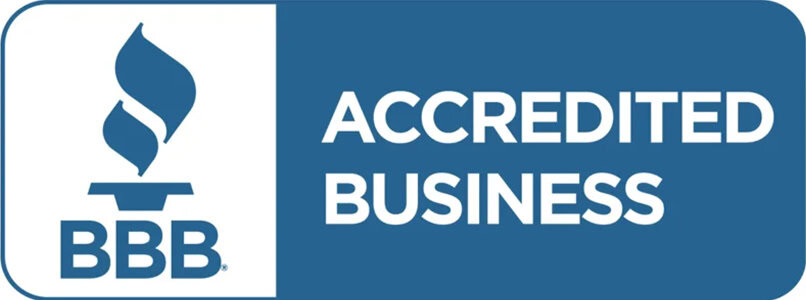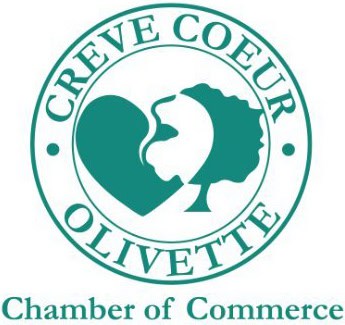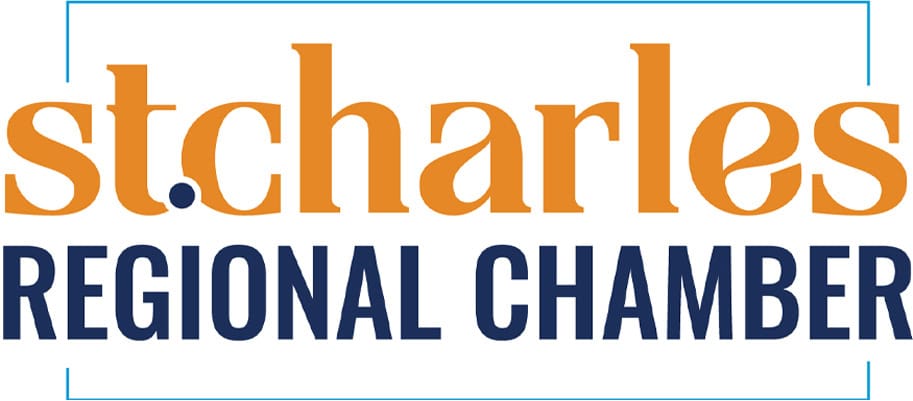Introduction to Section 179 (2025 Edition)
Section 179 of the Internal Revenue Code is a powerful tax provision that lets businesses deduct the (whole or partial) cost of qualifying equipment, software, and certain property in the year the asset is placed in service, rather than depreciating it over many years. This “expensing” approach helps businesses—especially small and mid-sized ones—improve cash flow and accelerate tax benefits on capital investments.
With recent legislation (the One Big Beautiful Bill Act, or OBBBA) effective for tax years beginning after December 31, 2024, several key limits and interactions have changed. This article gives you an up-to-date guide for using § 179 in 2025, along with expanded examples to help you plan.
What Qualifies for Section 179? (2025 and beyond)
To use Section 179, the property must meet a number of eligibility criteria:
- Tangible, depreciable property (or software, see below); this does not include land or most structural components of buildings
- Used more than 50% in a trade or business in the year placed in service
- New or used property (so long as it’s new to the taxpayer)
- Certain qualified real property improvements (e.g. roofs, HVAC systems, fire protection, alarm, security systems) — but requiring an election to treat them as § 179 property
Typical qualifying assets include:
- Machinery, equipment, tools
- Computers, servers, and off-the-shelf software
- Office furniture, fixtures
- Vehicles (subject to special limits and “listed property” rules)
- Eligible improvements to nonresidential real property (if elected)
Exclusions / caveats:
- Land, structural components (e.g. walls, foundations) do not qualify
- If business use later falls to 50% or below, recapture rules may force adjustments
- The depreciable basis of the asset is reduced by the § 179 amount claimed (you don’t double-dip)
2025 Limits & Phase-Outs (Under OBBBA)
One of the biggest updates for 2025 is the increase in the § 179 expensing limits:
- Maximum deduction (“property cost limitation”) in 2025: $2,500,000 Skadden
- Phase-out threshold: begins dollar-for-dollar reduction when § 179 property placed in service exceeds $4,000,000 Arnold & Porter
- Therefore, the deduction is fully phased out when total qualifying acquisitions reach approximately $6,500,000 Bipartisan Policy Center
- These limits are indexed for inflation in years after 2025 Skadden
In prior years (pre-2025), the limits were much lower (e.g. $1,220,000 limit with a $3,050,000 start to phase-out). But under OBBBA, the rules shift upward for 2025 and beyond. DHJJ
Implications
- Businesses with capital purchases well under $4,000,000 in a year can often fully utilize § 179 (subject to income limitation)
- For larger purchases, the § 179 deduction is reduced dollar-for-dollar over the threshold
- Once you hit the full phase-out point (≈ $6,500,000), § 179 provides no deduction for that tax year (though bonus depreciation may still apply)
Bonus Depreciation & How It Interacts with § 179
Under the OBBBA, bonus (or “additional first-year”) depreciation rules have also changed:
- 100% bonus depreciation is restored and made permanent for qualified property placed in service after January 19, 2025. Arnold & Porter
- For property placed in service between January 1 and January 19, 2025, a 40% bonus depreciation rate may apply (if eligible) Bradford Tax Institute
- Bonus depreciation does not have a dollar limit or phase-out, and can be used even if it creates or increases a net operating loss (unlike § 179, which is limited by business income) U.S. Bank
Because of these changes, the strategy of combining § 179 and bonus depreciation becomes especially relevant:
- Apply § 179 first (subject to its limits and income constraints)
- Then apply bonus depreciation to the remaining basis of qualifying property
- Then use standard MACRS depreciation for any residual basis or for property not eligible for bonus depreciation
This sequence ensures you maximize first-year deductions while respecting statutory limits. U.S. Bank
How to Elect § 179
To claim § 179:
- Fill out Part I of IRS Form 4562 for the tax year in which the property is placed in service
- Attach the form to your tax return
- The § 179 election must be made in the same year as the placing-in-service (i.e., you cannot go back and elect later)
- The election is generally irrevocable for that property, unless the IRS allows a change
Key Limitations, Rules & Considerations
Here are critical limitations and nuances to keep in mind:
- Income limitation: The § 179 deduction in any year cannot exceed the taxpayer’s net taxable income from the active trade or business. If § 179 exceeds that amount, the excess is carried forward to future years
- Vehicles / listed property: Special rules under § 280F apply. For example:
- Passenger autos and SUVs often have lower caps for § 179
- SUVs weighing between 6,000 and 14,000 lbs may have a § 179 cap (for example, some sources note a cap of ~$31,300 in 2025) Section 179.org
- Heavier trucks, vans, or work vehicles may qualify for full § 179 if primarily used in business
- Personal use must be excluded; only business-use portion qualifies
- Real property improvements: Improvements like roofs, HVAC, fire and security systems can qualify if you elect to treat them as § 179 property; they are not automatically eligible
- Recapture: If in a later year the business-use percentage drops to 50% or below, some of the § 179 deduction may need to be recaptured (i.e., added back to income)
- State conformity: Many states do not conform to the federal bonus depreciation rules or expansion, though many allow § 179 deductions. This makes § 179 even more valuable in states with limited bonus depreciation.
- Basis reduction: Any § 179 deduction reduces your depreciable basis for future years, so future depreciation is reduced accordingly
- Election choices: You can opt out of bonus depreciation (or elect a reduced percentage) for various reasons (e.g. matching income, avoiding NOLs, spreading deductions)
Expanded Examples (2025)
Here are a few illustrative scenarios under the 2025 rules:
Example A: Moderate Capital Spend — Fully Utilize § 179
- A small business purchases $1,800,000 of qualifying equipment in 2025
- Its taxable business income is $2,200,000
- Since $1,800,000 is under the $4,000,000 phase-out threshold, the full § 179 deduction is allowed (up to $2,500,000)
- So the business uses § 179 to expense $1,800,000
- No need for bonus depreciation in this scenario (though it’s available for other property)
- Result: The entire $1,800,000 deduction is taken in year one, subject to income limitation
Example B: High Capital Spend — § 179 + Bonus Depreciation Mix
- Business acquires $5,000,000 in qualifying property
- Taxable business income is, say, $3,000,000
- First, determine § 179 deduction:
- You are $1,000,000 over the $4,000,000 phase-out threshold
- So, the maximum § 179 is reduced: $2,500,000 – $1,000,000 = $1,500,000
- Use § 179 = $1,500,000
- Remaining basis eligible for bonus depreciation = $5,000,000 – $1,500,000 = $3,500,000
- Apply 100% bonus depreciation (if placed in service after Jan 19, 2025) = $3,500,000
- Total first-year deduction = $5,000,000
- If taxable business income is less than the § 179 amount (e.g. only $1,800,000), the § 179 is limited to that income, and the remainder can be carried forward; bonus depreciation still might be used if allowed
Example C: Vehicle / SUV Limitation
- Business acquires an SUV (GVWR between 6,000 and 14,000 lbs) costing $80,000 (business use 100%)
- In 2025, § 179 for that SUV might be capped (many sources mention ~$31,300) Section 179.org
- So, the business may use § 179 = $31,300
- The remaining basis ($48,700) could be eligible for bonus depreciation (if it qualifies) or standard depreciation
- Always confirm the applicable limit for that specific vehicle under § 280F rules
Example D: Partial Use / Income Limitation
- Business buys $2,200,000 of equipment
- Business-use percentage is 80%
- Taxable business income is $1,600,000
- First, adjust basis for business use: 80% of $2,200,000 = $1,760,000
- § 179 deduction is limited to lesser of (a) $1,760,000 or (b) taxable business income $1,600,000
- So § 179 taken = $1,600,000
- The remainder of the business-use basis = $160,000 (i.e. $1,760,000 – $1,600,000)
- That $160,000 can potentially be deducted via bonus depreciation or standard depreciation
Strategic Tips & Planning Considerations (2025)
- Since § 179 is now generous, plan which assets to expense versus depreciate
- Use § 179 first for property types not eligible for bonus depreciation (or where flexibility is needed)
- In states disallowing bonus depreciation, § 179 may be more beneficial at the state level
- Be cautious about creating net operating losses (NOLs) — § 179 is limited by income, while bonus depreciation is not
- Track business-use percentages, especially for vehicles and “listed property”
- Keep solid documentation (purchase invoices, business-use logs, date placed in service, etc.)
- Revisit your plan at year-end: if some § 179 remains unused (due to income limits), you can carry it forward
Conclusion
The 2025 tax year ushers in a new era for § 179, thanks to the OBBBA’s expansion of the deduction limits and reinstatement of 100% bonus depreciation. Businesses now have greater flexibility to accelerate deduction of capital asset costs, but must navigate new phase-out thresholds, vehicle limits, recapture rules, and state conformity issues.
By combining § 179 and bonus depreciation strategically and aligning with your income projections, many businesses can optimize their tax position in 2025. Always consult with a tax professional to tailor decisions to your specific situation and confirm that your state tax treatment aligns.
If there’s a pain point within your operation that you’d like to discuss, we’re here. We’d appreciate the opportunity to look into it with you and hopefully provide some insight as to how you can move forward. For more information, or to just put a few faces to the name,
Disclaimer: The content on this blog is for informational, educational, and occasional entertainment purposes only. It should not be construed as legal, tax, or financial advice.
